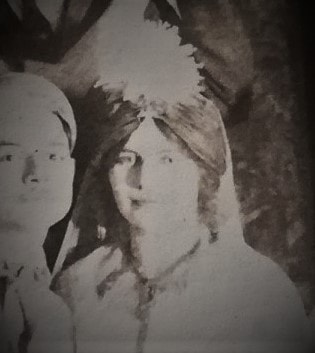
Jeanne PIFFARD
Jeanne Piffard is born in November 1892 at Paris. Strongly attracted by sculpture, she enrolled at the Académie Jullian, then at the Grande Chaumière and followed for some time the classes of the animal sculptor Édouard Navellier. He influences her in her first productions, notably in her first horses and in the Jeune Âne which she exhibits at the first Salon of animal artists by Armand Dayot in 1913. It is also encouraged in its vocation by Mateo Hernández and André Abbal, two supporters of the difficult direct pruning.
Her pieces are seen in the greats exhibitions: the Salon des Artistes Français en 1924, the Salon d'Automne from 1928, that of Artistes Décorateurs et des Tuileries. She also continued to exhibit at the Société des Artistes Animaliers of Armand Dayot in the Gardet movement, then, in 1931, at the national society of Fine Arts where she became secretary and was contacted by the Sèvres factory in 1933.
It is a dynamic beggining for this young sculptress whoose her career takes a great turnant with the First Grand Prix of the Universal Exhibition of 1937 for the Porte d'honneur monumentale du Centre rural (Collaboration with Jean Dunant).
She participate at the exhibition "Artistes de ce temps", at Petit Palais in 1938 and her work, after following that of Pompon and Albéric Collin, is presented at the Venice Biennale in 1940. Her activity continues during the war with the order for a faun at the water mirror, order canceled at liberation.
From then on, she is going through a moral crisis and abandons animal sculpture to devote herself to religious art.
The most surprising thing about this animalistic career, rich in terms of exhibitions, is that its historical record contrasts with the corpus of examples. And in this confidential production, especially terracotta, ceramics, and sandstones, some plasterers, and only three bronzes.

